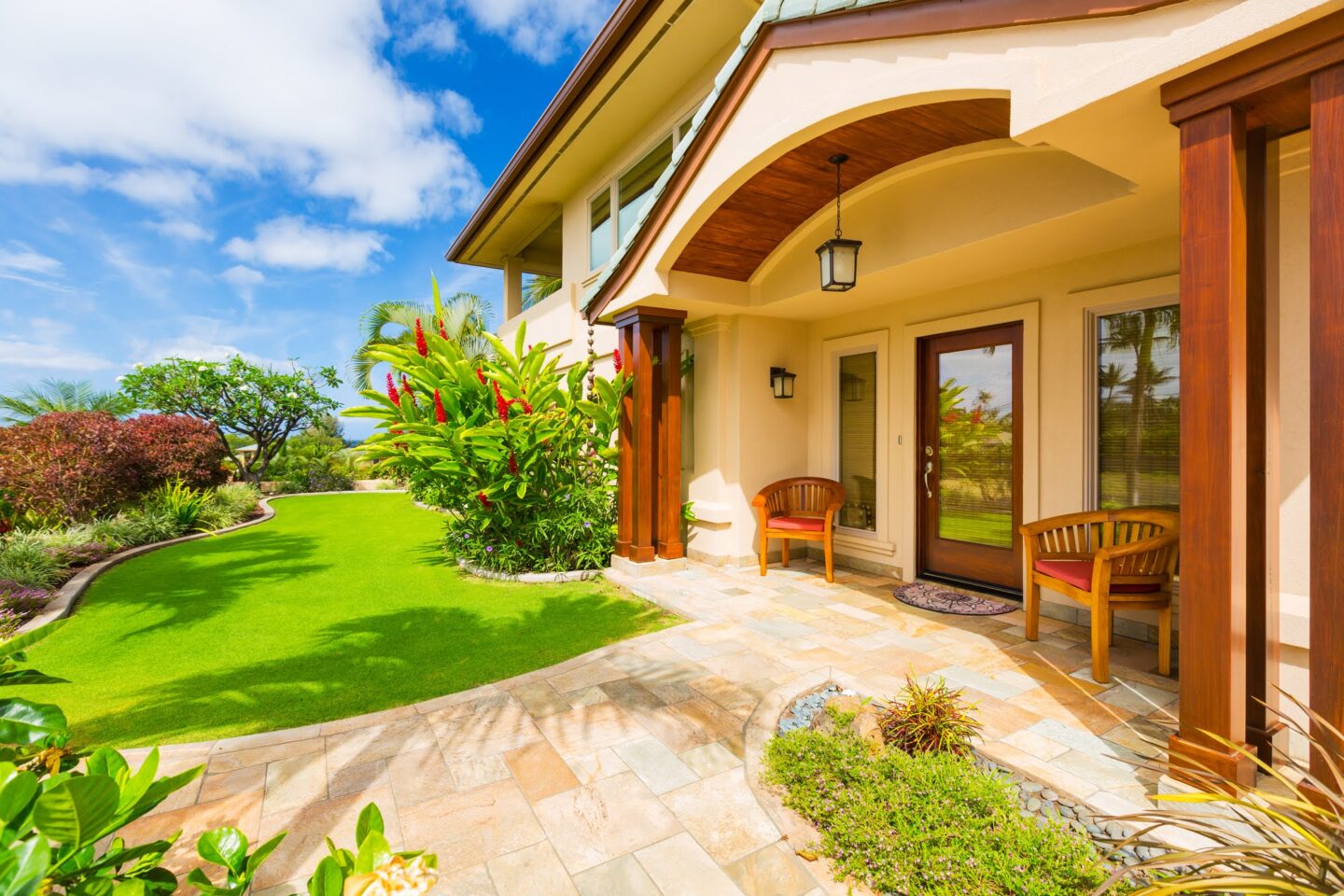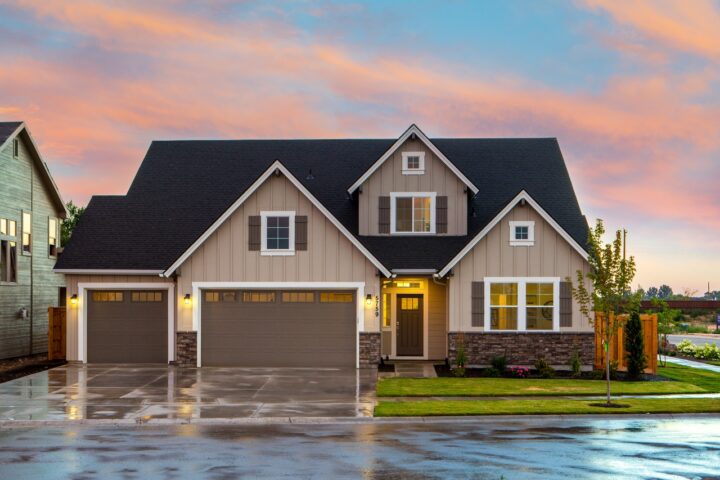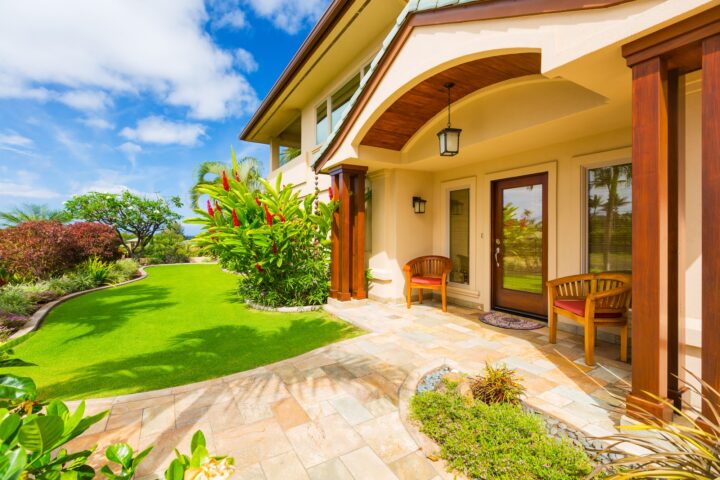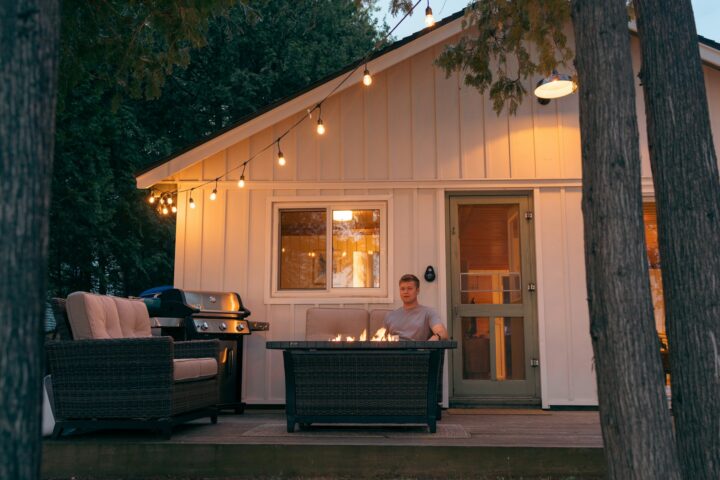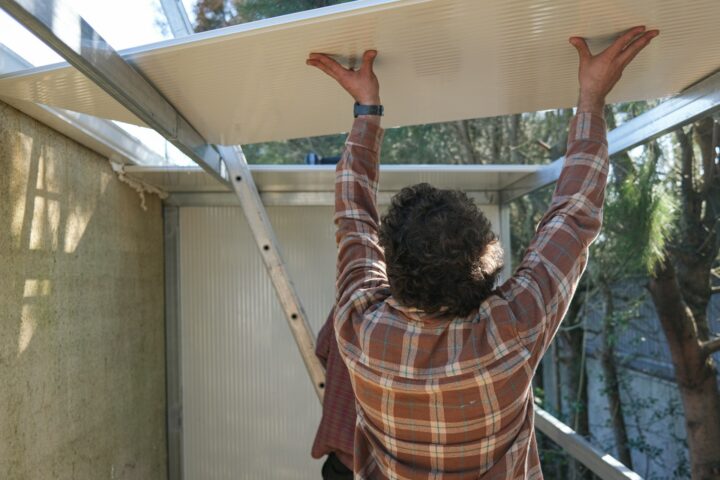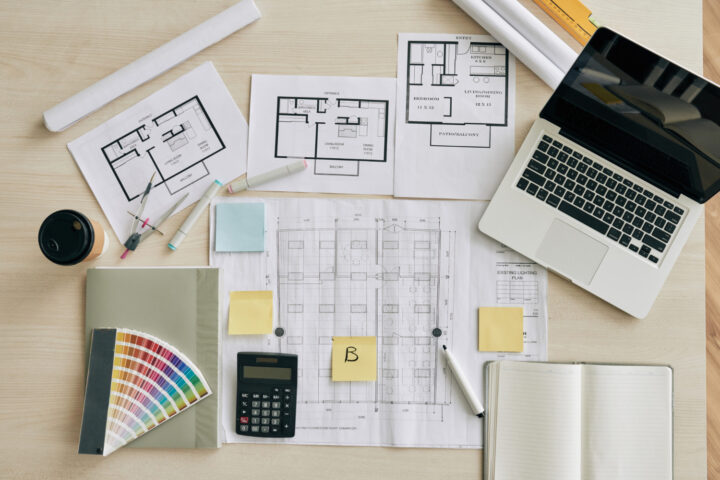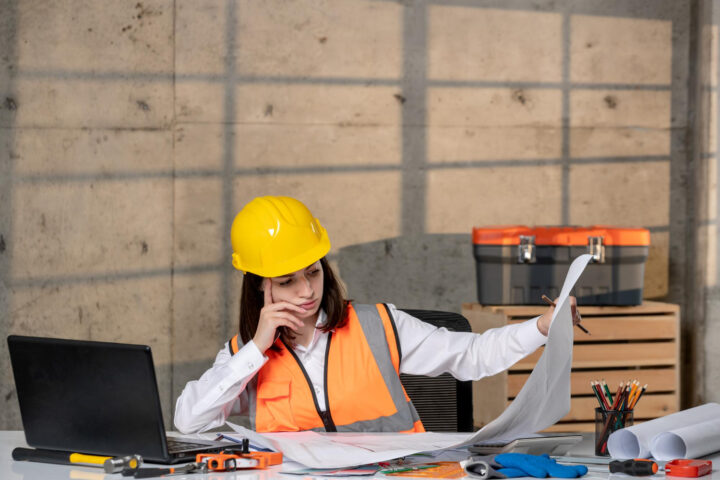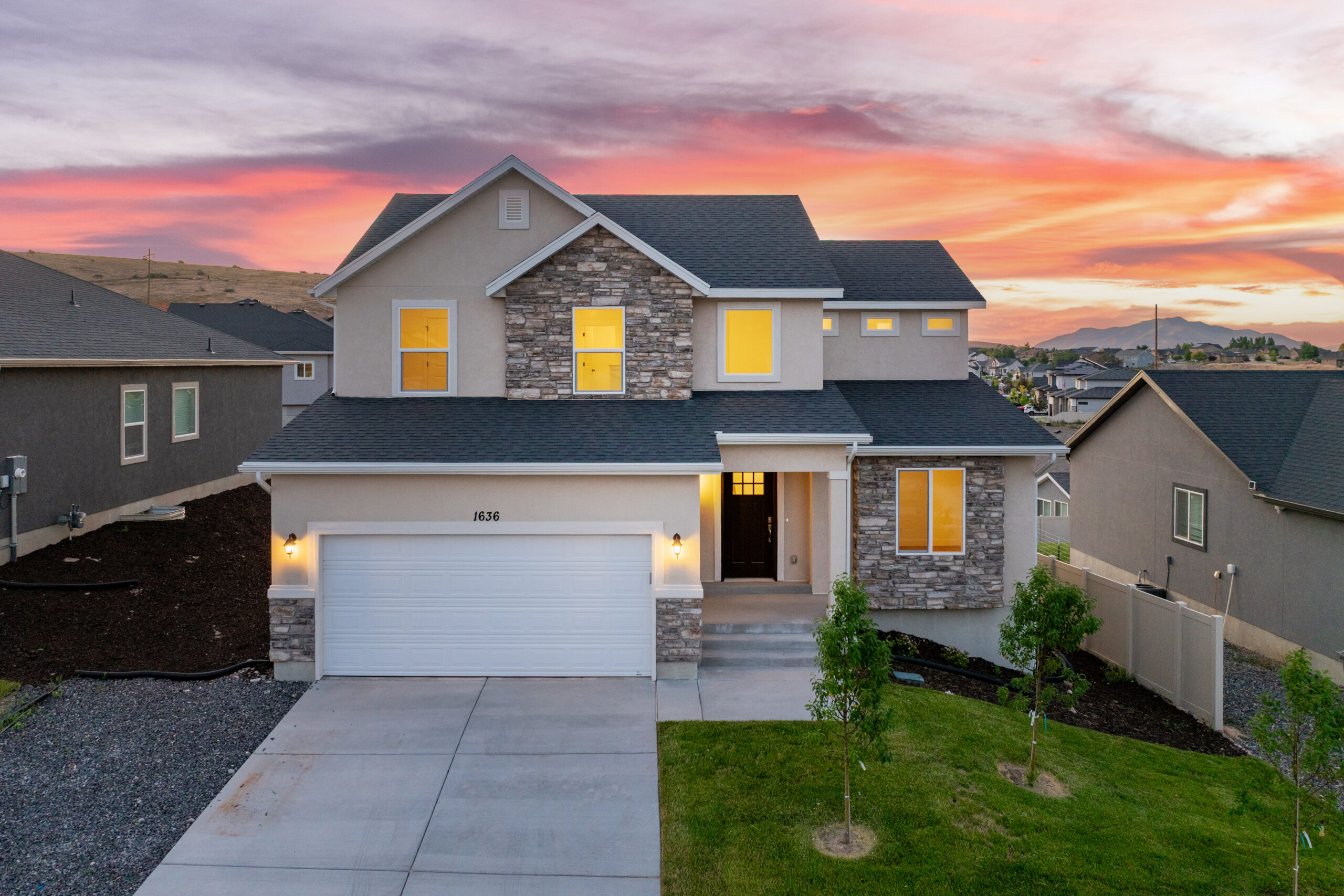Finding a well-built home is one of the most significant investments you can make. More than just a roof over your head, a thoughtfully constructed home provides security, comfort, and lasting value. Whether you’re purchasing a new property or evaluating an existing one, understanding key aspects of construction can save you from potential headaches down the road. Below, we will explore the most important elements to consider.
Structural Integrity
A solid foundation and sturdy structural framework are fundamental to a well-built home. The foundation supports the entire building, so it should be free of noticeable cracks, unevenness, or signs of water damage. Inspect the walls and ceilings for alignment, as bowed or crooked walls can be indicators of structural issues.
Roof stability is equally important. A high-quality roof not only protects the interior of the home but also ensures minimal wear and tear from external conditions. Look for consistent shingles, properly installed flashing, and gutters that are secure and functional. These components collectively demonstrate strong structural health.
Quality Materials
The longevity of a home depends heavily on the materials used during its construction. A well-built home features high-grade materials that contribute to both aesthetics and durability. For instance, hardwood flooring can withstand heavy wear over time, while properly sealed windows made of robust materials, such as fiberglass or double-pane glass, improve insulation.
Pay attention to the small details, such as the hardware on doors and cabinets. Solid materials like stainless steel or brushed nickel age gracefully compared to cheaper alternatives. When touring a home, ask about the type of materials used and research their performance to ensure quality construction.
Energy Efficiency
Energy efficiency is not just a modern trend; it’s a critical aspect of a well-built home. Homes designed with energy-saving features minimize utility costs and reduce environmental impact. Look for systems such as energy-efficient HVAC units, well-insulated walls, and double-glazed or low-emissivity windows.
Lighting is another factor that contributes to efficiency. LED fixtures offer long-term savings and better performance compared to traditional bulbs. Solar panels may also be a worthwhile feature for reducing reliance on traditional energy sources. Homes that prioritize energy conservation not only guarantee comfort but also enhance long-term value.
Craftsmanship
Attention to detail sets a high-quality home apart from the rest. Craftsmanship can be seen in finishes, woodworking, and overall design precision. Examine aspects like trim work, molding, and paint application. Smooth seams, even lines, and clean details reflect skilled workmanship.
Doors and windows should open and close easily without resistance or wobble. Cabinetry and built-in furniture should display a polished finish, free of chips or gaps. These details may appear small, but they reflect the quality of care and effort invested in construction.
Observing the exterior is just as critical. Masonry, siding, and landscaping should exhibit consistency and durability. Poorly executed work on the outside may eventually create issues indoors, so even outdoor craftsmanship plays a crucial role in your home’s overall integrity.
Utility Systems
A well-built home incorporates reliable and thoughtfully designed utility systems. These include plumbing, electrical wiring, and HVAC systems, all of which should meet current safety and efficiency standards. Walk through each room and test key features such as faucets, light switches, and thermostats to assess their functionality.
Electrical outlets should be strategically placed, and circuit breakers should appear orderly and well-marked. Plumbing deserves special attention as leaks or consistent clogs could signal broader issues. Lastly, ensure that the heating and cooling systems are both effective and relatively quiet, as this indicates proper installation and maintenance.
Final Thoughts
A well-built home balances form with function, combining durability, design, and comfort. By focusing on structural integrity, high-quality materials, energy efficiency, fine craftsmanship, and functional utility systems, you can confidently identify a property that will serve you well for years to come. Each of these aspects represents a vital piece in ensuring your home is more than just beautiful; it’s built to last.
For guidance or help in finding a home that meets these standards, contact us today to get started.

